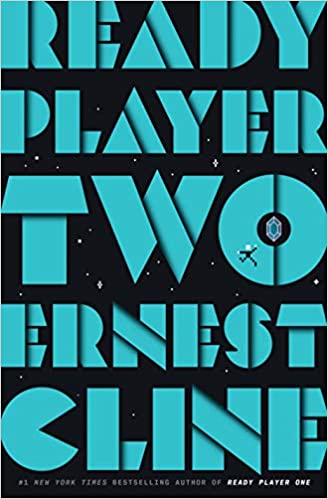** This book was provided to me by the author in exchange for a fair and honest review **

This book tackles a lot, and it starts out pretty innocuous. Myles Harper is a recent high school graduate, and he has no idea what he wants to do with his life. It’s 2036, the earth is in a climate crisis, the United States has split in a few ways, and folks are generally miserable. Welcome to Mr. Hyatt’s world of the Terrafide. There are a few books that precede The Initiates, but it’s not vital you revisit those before you read it.
What you will quickly learn, is that while Myles is trying to figure out what he is going to do with his life, He has decided to apply to Camp Friendly Forest as a camp counselor for the Summer.
Ever charismatic, Myles charms his way through his interviews and ends up in charge of a cabin of young boys in the mountains, and starts to learn how to interact with his fellow camp counselors to keep this well-oiled machine running.
As Myles gets settled in and starts to form bonds with his camp crew, we pan to Oakland, California where Henrik Gustavo (Gus) is meeting up in a diner with a blast from his past: Alice Walker.
If you’ve read other Terrafide books, you know all about Alice. If not, let’s just say that she knows everything that is going on in the world far before it occurs. Read The Psychic’s Memoir (Terrafide #2) to get up to speed on Alice and Gus’ history.
Alice puts Gus in an uncomfortable position by passing out, and he is forced to flee with her unconscious body.
That’s when Alice’s first Bestagram post in ten years pops up on Gus’ screen: changing everything for everyone.
I’m going to stop there with the recap other than to say that in a wild set of situations, the planet gets attacked by these weird space bear/dog monsters called the Kiaskis, and all hell breaks loose for both the campers and Gus and Alice. I like to think of the Kiaskis as resembling the monsters from Attack the Block, but that’s just my visualization.
Per usual, Mr. Hyatt really nails the pacing of this story. Jumping back and forth between Gus’ adventures and the campers really puts a multi-focal view on how time is unfolding, and you can see both storylines careening toward some sort of end.
The characters are all very well-rounded, and masterfully developed to lean on their strengths. The Camp Friendly Forest crew learn very quickly about teamwork, and how to rely on each other in this time of crisis.
The Initiates was a very enjoyable read, and I really hope there will be a follow-up to continue the paths of these intrepid adventurers. Knowing Mr. Hyatt, I’m sure he has something in the works.







Recent Comments